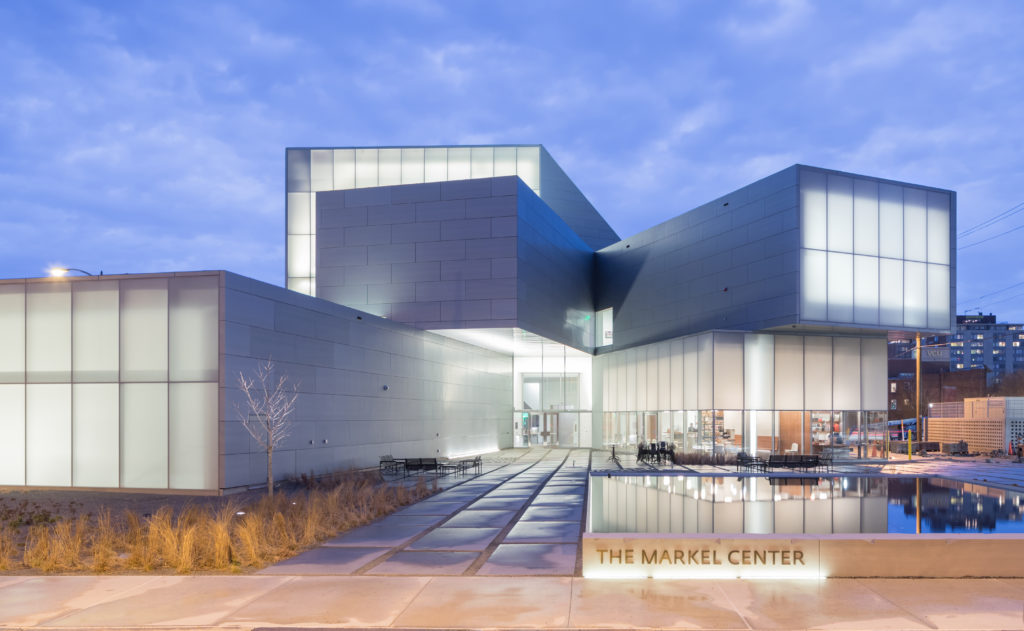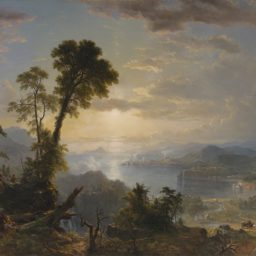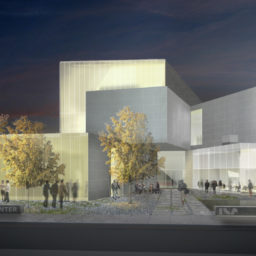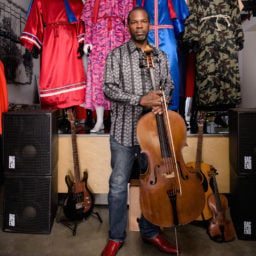Can a university art museum bridge the divide between town and gown? Or, perhaps, even help mend a divided nation?
The Institute for Contemporary Art at Virginia Commonwealth University opens this weekend in Richmond with ambitions no less lofty than these. The public university with 31,000 students and a highly-ranked art school hopes the $41 million Steven Holl-designed museum will propel it to international prominence.
The building—a glowing stack of white rectangular shapes—appears to pulsate on the outside while revealing surprisingly intimate spaces inside. It is already drawing curiosity from passerby, mere steps from the Confederate memorials on the city’s Monument Avenue.
A Rocky Start
On a recent visit to the nearly 41,000-square-foot building, however, it was clear that all wasn’t quite as it was supposed to be as the museum marched toward the finish line. Noticeably absent was founding director Lisa Freiman, who abruptly resigned three months before the April 21 opening. A satirical Richmond publication joked that transformer Megatron would replace her. (The pick would be “similar to the building,” the article joked.)
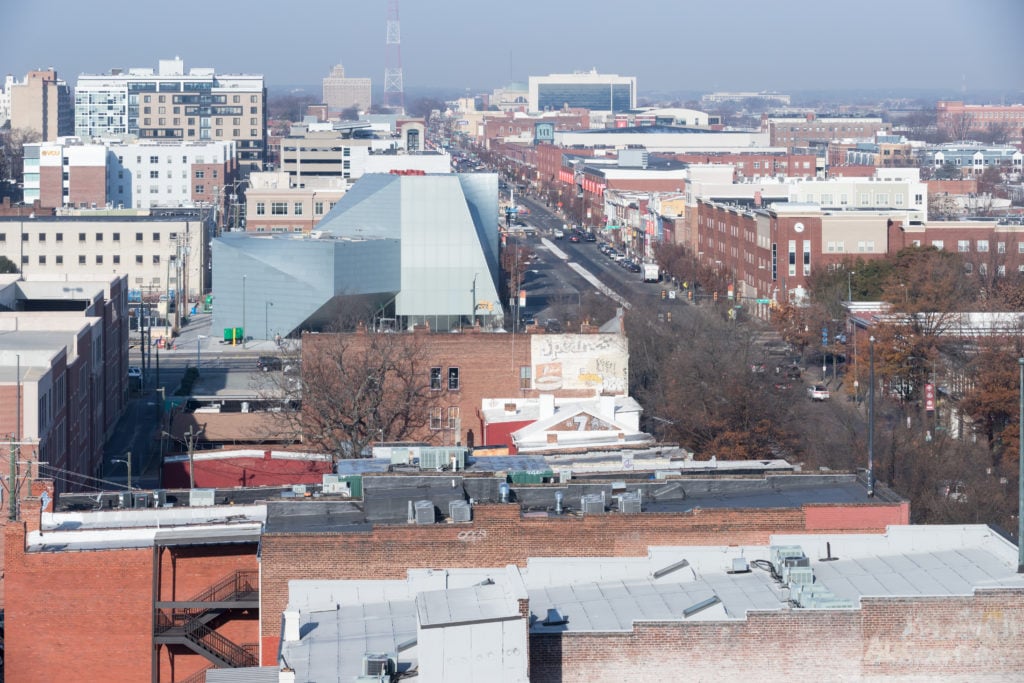
Exterior view of the Institute for Contemporary Art at VCU. Photo: Iwan Baan.
“A lot of us are mystified,” the art historian Robert Hobbs, who holds an emeritus American art chair at VCU, tells artnet News. “I have no idea why she left. If she had not been there to raise the remaining half of the funds for the new building, the ICA would have never been built. VCU and Richmond owe her an enormous debt.”
Frieman declined to comment to artnet News, but she told the Wall Street Journal that she felt the institution was in good hands and wanted to pursue new projects after construction delays had pushed the ICA’s opening back by three years. She remains a professor at the school.
While VCU conducts a search for her replacement, it coaxed Joe Seipel, who came to VCU on a one-year sculpture teaching contract in 1974, out of retirement to serve as interim director. The museum’s opening, according to Seipel, comes at a time of demographic change for the city. Richmond is currently attracting more millennials than almost anywhere in the country. It’s also the third-most tattooed city and home to 33 breweries, he notes. This verve might surprise outsiders, who tend to think of it largely as the former Confederate capital.
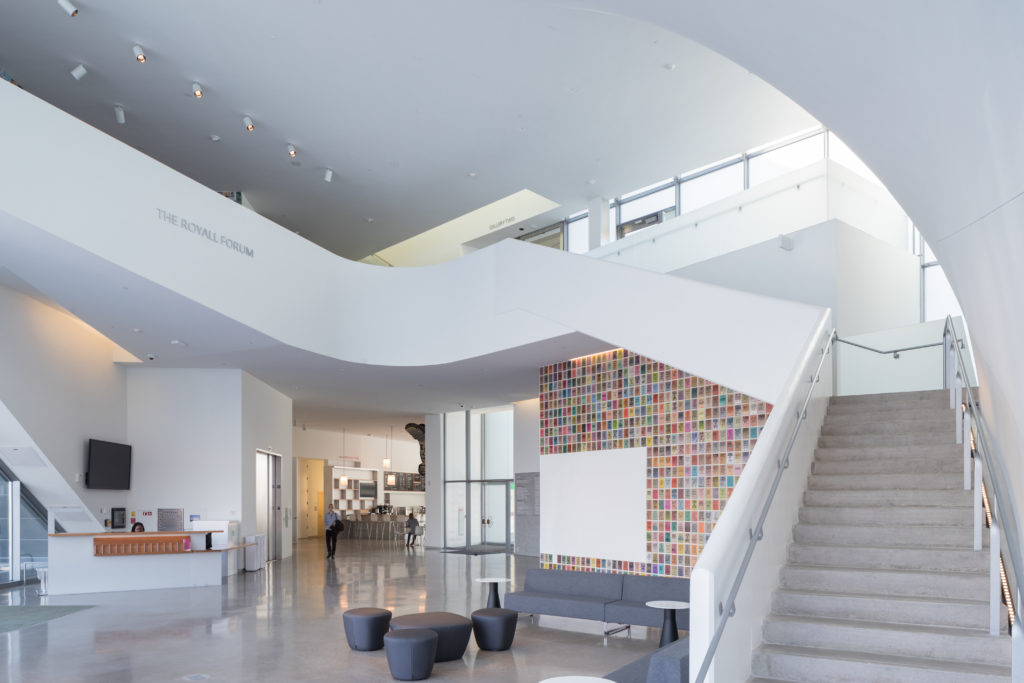
Interior view of the Royall Forum at the ICA. Photo: Iwan Baan.
A Study in Contrasts
Despite its changing population, Richmond remains a study in contrasts. “River City has flipped from humdrum to happening, but the ‘hey y’all’ hospitality remains,” the travel guide Lonely Planet wrote, ranking Richmond seventh best city to visit in the US in 2018.
But the city, which traces its roots to 1737, has a public school system that was the subject of a civil rights investigation last year, and Richmond’s paper of record hosted a public conversation two years before that titled, “Why is Richmond still segregated?”
Like Richmond itself, the ICA can be likened to the simultaneously forward- and backward-looking Janus. The building has two entrances—one opening out on the city, and the other onto campus.
Even from afar, a pink, neon sign installed on the ICA roof gestures toward the broader urban questions surrounding the increasingly gentrifying neighborhoods on and around the VCU campus. “You belong here,” declares the large sign by Tavares Strachan—leaving open-ended just who, exactly, belongs and where.
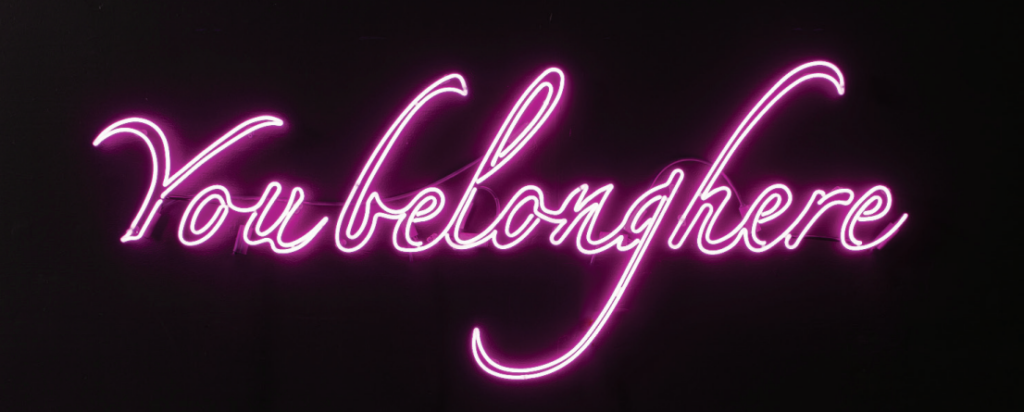
Tavares Strachan’s You Belong Here (2013). Courtesy of the artist.
“It’s kind of our front door, which is really nice,” says Michael Rao, VCU’s president, of the new building, which greets people driving up I-95 highway. “It’s obvious that you’ve arrived some place that’s really quite grand.”
The statement of belonging is grabbing attention of commuters and cabbies alike at a time when the university is working to fuse art and hard data to generate new research with real-world impact, says its new art school dean Shawn Brixey. A vibrant energy is immediately apparent among faculty and students in VCU’s Arts Research Institute and Center for the Creative Economy.
Unafraid to Make Waves
The new ICA—around 1.5 miles away from the state-run, comprehensive Virginia Museum of Fine Arts, which also has extensive contemporary holdings—promises to anchor the campus’s arts activities and institutions. But it has consciously eschewed playing it safe and instead waded loudly into politics. The inaugural show touches on nearly every possible sensitive topic in our divisive political era: racism, climate change, sexism, and the prison system, to name a few.
“We went kind of go big or go home,” says chief curator Stephanie Smith, who on election night last November was texting with Freiman. “It became clear that we needed a different kind of show that would respond to what was made visible as a sea change in the climate nationally.” That night, the pair decided to shift away from their originally scheduled inaugural show, which focused on conceptual art, toward something more engaged with politics.

Paul Rucker’s Birth of a Nation (2015). Detail view; courtesy of the artist and Ra Rah Photography,.
The resulting show, “Declaration” (through September 9), has drawn widespread media attention for the installation, on the ground floor, of Paul Rucker’s Storm in the Time of Shelter (2015–18), which consists of artifacts tied to the Ku Klux Klan and 52 mannequins clad in colorful, KKK-styled robes.
The work, Smith says, isn’t about events that happened in a different time or place. “The piece is about systemic and structural racism, and Paul is calling our attention to the deep history of the Ku Klux Klan,” she says. “It would be a mistake to think that we are done.” (Indeed, Charlottesville, which hosted a violent rally of white supremacists last summer, is only an hour’s drive away.)
At VCU, Rucker has created the largest version of the piece to date. Notably, it is exhibited in a corner not visible from the building’s large, street-facing window. “It’s such an unusual feature to have this window that allows folks driving or walking by to see right into the gallery space,” Smith says. “I think it also holds us accountable.” Rucker’s work—which was recently censored at a college in Pennsylvania—functions better with a “slower reveal,” she says. “People can go to the sensational too quickly.”
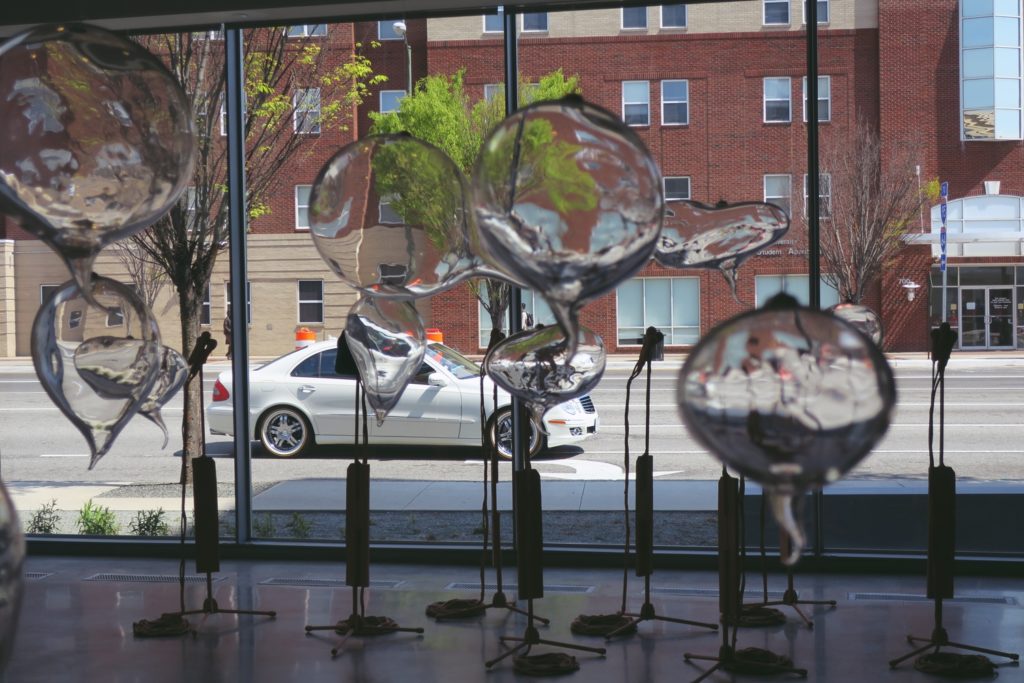
View of the ICA interior at VCU. Photo: Menachem Wecker.
Instead, Geof Oppenheimer’s ceramic and steel Public Sculptures (Edits) (2009/2018), an installation of inoperable microphones on stands, faces the pedestrians outside. The work, Smith says, raises the question of who gets to speak and who doesn’t. In the same room, VCU professor Sonya Clark’s Edifice and Mortar (2018) also sheds light on the disenfranchised. From afar, the work looks like a brick wall, but when viewers approach, they realize that the mortar is made from human hair.
“Someone might walk past” without noticing, Clark says. “That’s also part of the work because of how much we walk past the old brick buildings that have been built in Richmond, and we don’t consider who laid those bricks and who made those bricks.”
Making Noise
Other works in the show aim to make visitors from all over—not just students at the university—feel welcome. An impromptu radio station Estman Radio: Richmond invites viewers to record their thoughts. Meanwhile, VCU’s kinetic imaging professor Stephen Vitiello created a sound piece that blares lines from Jorge Luis Borges’s story The Garden of Forking Paths (1941) in Chinese, English, German, and Spanish. The short story, which explores the theme of infinite possibilities, also inspired Holl’s design of the museum and neighboring meditative garden.
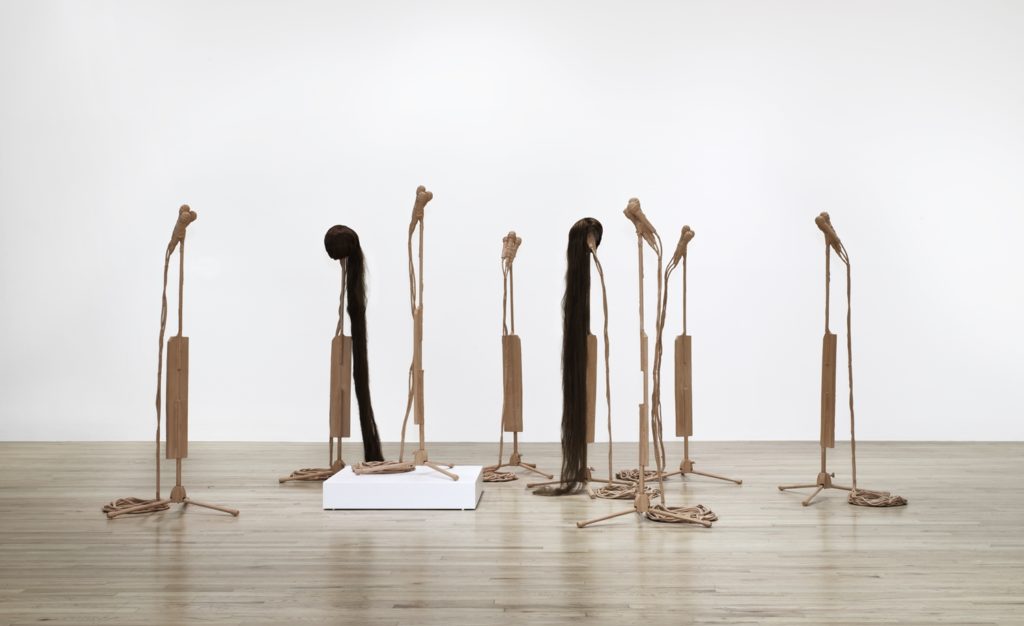
Geof Oppenheimer’s Public Sculptures (Edits) (2009-10). Courtesy of the artist and Ratio 3, San Francisco.
Another kind of meditative experience is available on the museum’s top floor, in a soaring gallery that the artist Lee Mingwei describes as evocative of medieval European cathedrals. As part of The Mending Project, Mingwei and a team of volunteers encourage viewers to bring clothing in need of mending to the museum. But you can’t just drop an item off: The visitor and the artist or one of his volunteers must chat with one another as the article is repaired. Second-year MFA student Jenna Alderiso discussed her ceramic work with this reporter as she sewed a button that serendipitously fell off his blazer while interviewing Seipel, the interim ICA director.
Mending clothes in a museum designed to evoke Magic Realist literature is a poignant metaphor for the role VCU hopes the ICA will play. In a politically divisive era, museums like this one hope to encourage visitors to overcome their cynicism and connect.
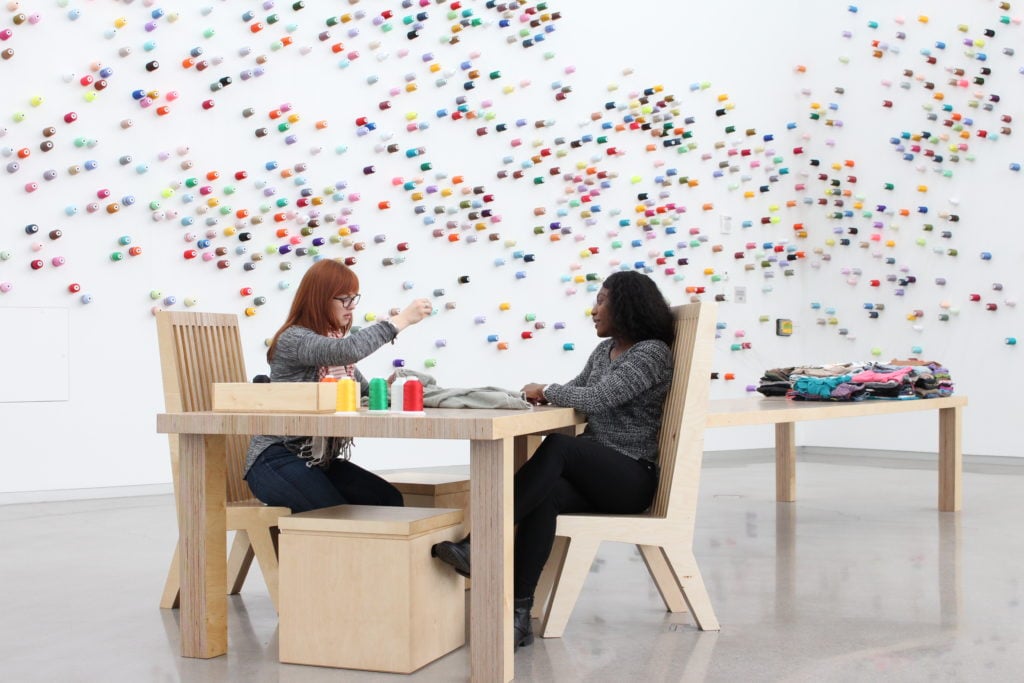
Lee Mingwei’s The Mending Project (2018). Photo by Rob Carter, courtesy of the Institute for Contemporary Art, Virginia Commonwealth University.
“It brings people together. There are lots of concepts here, and people are in a space where they can talk about whatever their feelings are about anything,” says VCU president Michael Rao. “This becomes a great place to convene people, who might come from a wide range of views and perspectives, and give them the opportunity to really talk to each other in a civil way.”
Declaration is on view at the ICA at Virginia Commonwealth University at 601 W. Broad Street in Richmond from April 21 to September 9.
